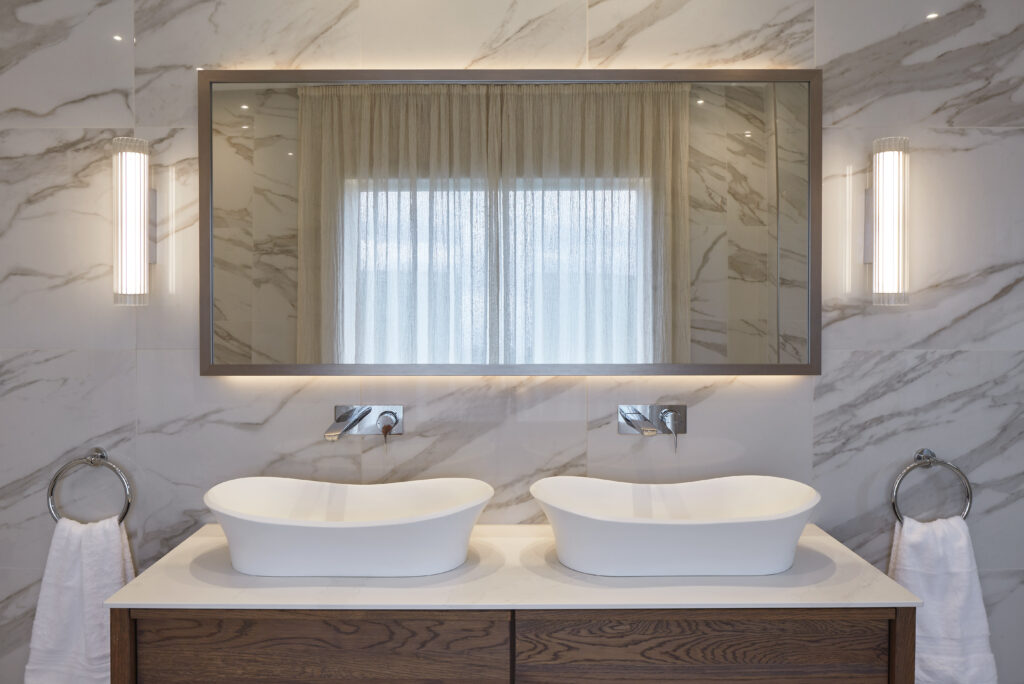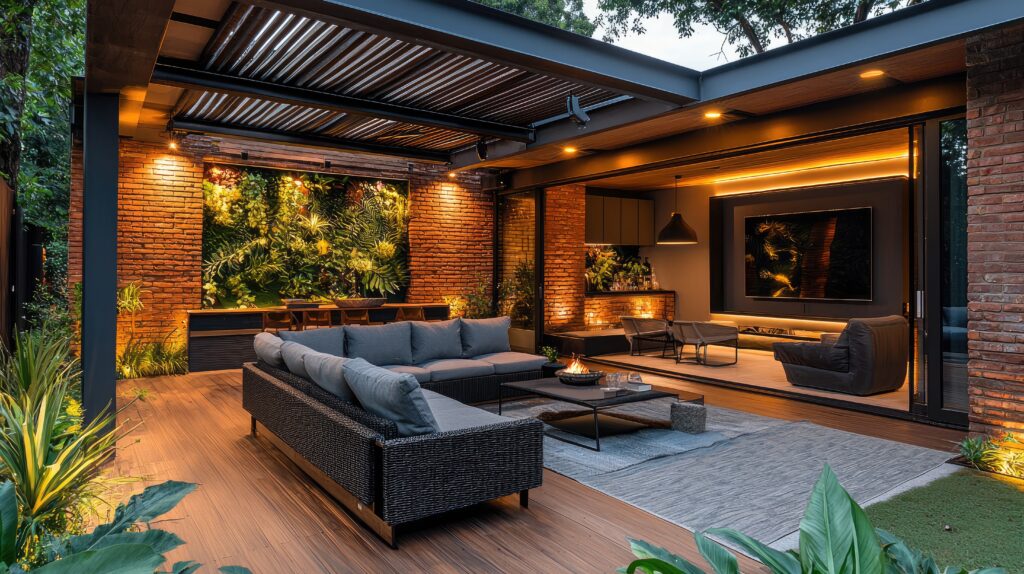Two lighting metrics to pay attention to
There are two metrics involved when it comes to a light source’s brightness: lux and lumens. In this article we will go through what these terms mean and the difference between them.
Lumens refer to the amount of light being emitted by a light source, so in other words; the phrase lumen describes the brightness of a light fitting.
Lux levels refers to the amount of light hitting a surface and being reflected. It is the measurement of light we see on any given surface.
The terms lumens and lux differ. If you shine a light onto a white marble work surface and then shine the same light onto a matt black surface, on the white surface the lux levels will be brighter.
When selecting a light source, the beam angle of the light emitted also needs to be considered. The same fitting, with the same lumen output, will provide different light levels depending on the beam angle of the fitting. A narrow beam fitting, like 20° provides a concentrated pool of light and so high lux levels in a smaller area.
The higher the ceiling, the more distance the light has to travel to the lit surface. Which means that a wider beam fitting will provide a wider pool of light but still with some intensity.
People have different needs or preferences for levels of light, therefore an element of personal taste can also be in the equation. In domestic spaces, it is ideal to have good light where it is required for carrying out tasks like reading or food preparation. The lumen needs to be bright enough to work under, and the lux levels needs to be enough so that not too much light is being reflected off the surface of the task. If good task lighting is provided then overall light levels need not be so bright. It is possible to cook in a kitchen with soft, atmospheric lighting if the task lighting is well designed.
When looking at the lumen output of a fitting, the wattage of that fitting is also a key consideration. A high lumen output to wattage ratio means that the fitting is efficient or, in other words, that you get more light for less power. High wattage light sources or a higher lumen output may be bright but not necessarily efficient. LED technology is advancing all the time and producing ever increasing lumen levels per watt. This means that fittings are not only more efficient to run but are becoming smaller and more discreet while still providing a decent light output.



